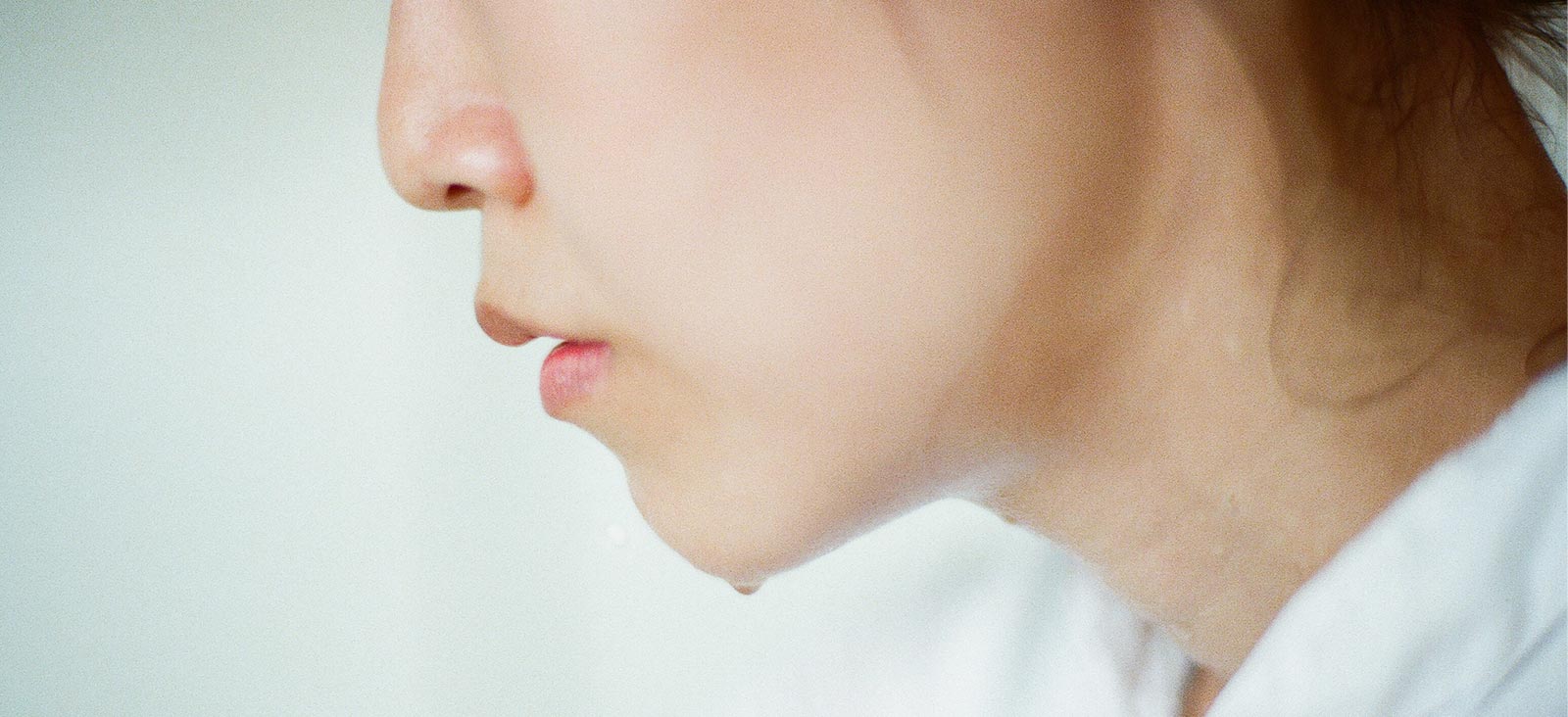Hyperhidrosis, or excessive sweating, affects one in 100 people in the U.S. Many people with this condition sweat profusely from one or two areas of the body. Most often they sweat from their palms, feet, underarms, or head and face. The excessive sweating is usually intermittent, but can be continuous and usually increases with stress and elevated temperature. This excessive sweating can interfere with everyday activities and cause both physical and social discomfort.
Thoracic surgeons at UT Southwestern Medical Center perform a minimally invasive, outpatient procedure that offers significant relief from hyperhidrosis.
Symptoms
Axillary (underarm) sweating can be severe enough that sufferers often need to change garments several times a day, or cause people to wear dark colors that do not show the sweat.
Palmar hyperhidrosis can be a severely debilitating problem. Wet hands are embarrassing when shaking hands and can interfere with social and work activities.
Plantar hyperhidrosis or sweaty feet, can cause unpleasant feelings and can cause the foot to slip when walking bare foot.
Thoracic surgeons at UT Southwestern Medical Center perform a minimally invasive, outpatient procedure that offers significant relief from hyperhidrosis to many people.
Diagnosis
If we believe that you have hyperhidrosis, we may conduct a physical examination, a sweat test, and a paper test to determine the severity of the perspiration.
Laboratory tests or other studies may be ordered if another underlying cause of the profuse sweating is suspected.
Treatment
Hyperhidrosis is usually treated nonsurgically by dermatologists with therapies such as oral medication, antiperspirants, botulinum toxin injections in the underarms, and iontophoresis (a low-voltage electrical stimulation procedure in a shallow pan of tap water to shut down the sweat glands of the palms and feet). In patients for whom these treatments are ineffective, surgery may be recommended.
Our team of thoracic surgeons is highly skilled in endoscopic thoracic sympathectomy (ETS), a minimally invasive procedure to remove or cut a section of the main sympathetic chain in the chest, a nerve that controls the sweat glands. It is almost 100 percent effective in stopping the overproduction of hand perspiration, about 80 percent effective for relieving sweaty underarms, and approximately 50 percent effective in controlling sweaty feet when accompanied by palmar hyperhidrosis. Patients with sweaty feet only or plantar hyperhidrosis, are rarely helped with ETS and therefore we do not offer this procedure.
Our skilled surgeons make two or three tiny incisions on the side of the chest. They then guide a miniature telescope to identify and remove the precise areas of the sympathetic nerve that control sweating in specific parts of the body. Once completed, the same procedure is repeated on the opposite side of the chest.
Clinical Trials
In addition to standard treatments for hyperhidrosis, UT Southwestern provides access to the most promising new therapies through clinical trials. Talk with your doctor to see if a clinical trial may be right for you.




